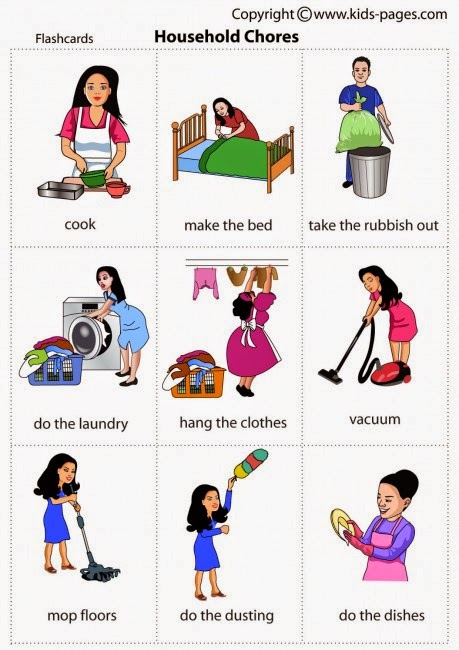From each group presentation I was listening. There
are six topics for teaching: teaching reading, teaching
with technology, teaching writing, teaching listening, teaching speaking, and assessing
and testing.
First, reading is an
interactive process that goes on between the reader and the text, resulting in
comprehension. The text presents letters, words, sentences, and paragraphs that
encode meaning. The reader uses knowledge, skills, and strategies to determine
what that meaning is. There are two kinds of reading are extensive reading and
intensive reading. Extensive reading is reading as much as possible, for your
own pleasure, at a difficulty level at which you can read smoothly and quickly
without looking up words or translating to English as you go. Intensive Reading
occurs when the learner is focused on the language rather than the text.
Second, technology
is very important for our life in many ways. It may be cause from we are going
to be a student in 21st century. So schools should know that how to mix and
match technologies in the classroom for teach their student in efficiently. For
teach their student with technology teacher can do in many ways. They can use
board and other showing technology or software in the classroom such as a
research online, presenting online, internet programs for learning, and etc.
Second way, they can use pictures, cards and strips of paper for show the
meaning of the word or describe the picture. Next, they can use real and other
device for classroom activities or classroom games.
Third, writing
instruction often takes a backseat to phonics, handwriting skills, and reading
comprehension. The four steps of the writing process are prewriting, drafting,
editing, revising, and publishing. Prewriting is the type of writing a student
is attempting; the prewriting stage can be the most important. Drafting is a
stage of the writing process during which a writer organizes information and
ideas into sentences and paragraphs. Editing is carefully examining a paper to
see that it contains no errors of grammar, spelling, or punctuation. Revising
is changing and rewriting a draft to make it better. Publishing is the writer
prepares a document to be distributed to an audience. This may involve printing
the work or duplicating it in some other way in a format that permits public
use and response.
Next, listening is a
critical element in the competent language performance of adult second language
learners, whether they are communicating at school, at work, or in the
community. Listening is the language modality that is used most frequently. In
school, listening visually is important to students. Listen is taking note
sometime. Most easily for students to learn theirs stuffs in school is by listening
to the teacher. In here, students need to listen to the teacher by the time
they teach, because students could compare their own opinion with the teacher,
or learn some new things, or go deep in the subject. So, listening is very
important for students during school time, because they need to listen to
understand more about the detail of the subject.
Fifth, many people
feel that speaking in a new language is harder than reading writing or
listening. However, they can improve their English speaking skill in many ways.
The first way, teacher give students practice with both fluency and accuracy.
Second, teachers provide opportunities for students to talk by using group work
or pair work, and limiting teacher talk. Pair work and group work activities can
be used to increase the amount of time that learners get to speak in the target
language during lessons. Third, design classroom activities that involve
guidance and practice in both transactional and interactional speaking.
Last, learn about
the assessment and testing process used to diagnose learning disabilities.
Learn how tests and assessments are used in schools to identify learning
disabilities and develop programs. There are 8 types of assessment such as
formative, summative, informal, diagnostic, placement, progress, achievement
and proficiency. Formative assessment or diagnostic testing is a range of
formal and informal assessment procedures employed by teachers during the
learning process in order to modify teaching and learning activities to improve
student attainment. It typically involves qualitative feedback for both student
and teacher that focus on the details of content and performance. Summative
assessment refers to the assessment of participants, and summarizes their
development at a particular time. In contrast to formative assessment, the
focus is on the outcome of a program. Informal assessment is a procedure for
obtaining information that can be used to make judgments about children's
learning behavior and characteristics or programs using means other than
standardized instruments. Placement Testing is about the placement tests that
colleges and universities use to assess college readiness and place students
into their initial classes. Achievement assessment is a test designed to measure
the knowledge or proficiency of an individual in something that has been
learned or taught, as arithmetic or typing.
In
conclusion, every skill that we use in English when we learn a language, there
are four skills that we need for complete communication. When we learn our
native language, we usually learn to listen first, then to speak, then to read,
and finally to write.


.jpg)

.jpg)





.jpg)